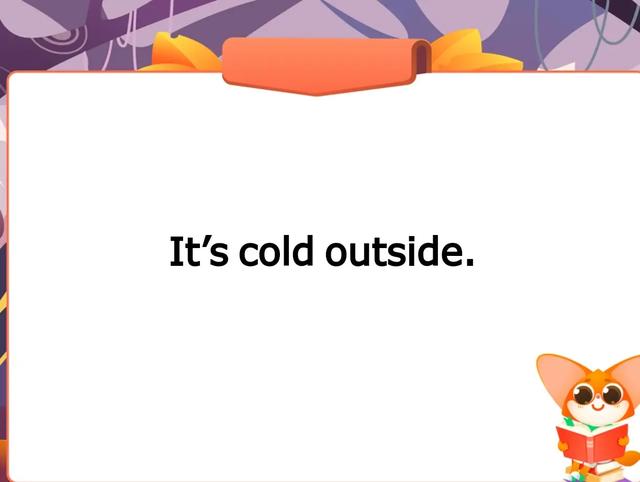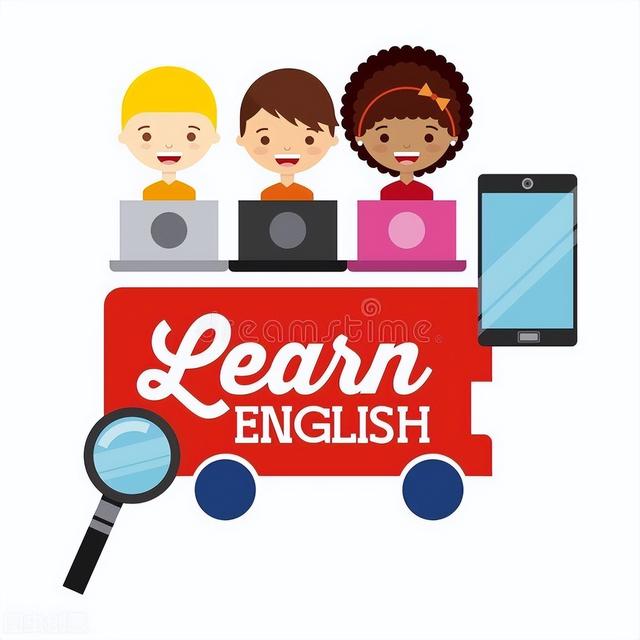it是代词,它可以用来指人和物,也可以一个句子或者一个短语等。无论是在口语及书面语中,甚至是考试中都会用到或碰到它。下面我们对它的用法进行总结。
1.it常指无生命的东西、动物、植物等,一般译成“它;这;那”。比如:
It sounds a great idea. Go for it !这听起来是个极好的主意。努力去实现吧!I didn't mean to break it-- it was an accident.我不是故意打碎它的—这是个意外。

2.it可以作无人称动词的主语,表示天气、时日、距离、状态、温度等等。比如:
It will rain tomorrow.明天要下雨。What time is it?几点了?It's two miles to the beach.距离海滩两英里远。
3. 当it指人的时候,经常指不知道这个人的性别或者婴儿等。比如:
Her baby's due next month. She hopes it will be a boy.她的孩子该下个月出生。她希望会是个男孩。Her baby's due next month. She hopes it will be a boy.她的孩子该下个月出生。她希望会是个男孩。

4. it可以用语证明明确身份。比如:It's your mother on the phone.是你母亲来的电话。Hello, Peter, it's Mike here. 喂,彼得,我是迈克。Hi, it's me!嗨,是我!
5.it可以指指提到过的或正在谈论的动物或事物。比如:‘Where's your car?’‘It's in the garage.’“你的汽车在哪儿?”“在车库里。”
6.it指指已知或正在发生的事实或情况。比如:
When the factory closes, it will mean 500 people losing their jobs.工厂如果关闭,就意味着500人要失业。

Yes, I was at home on Sunday. What about it? (= Why do you ask?) 是的,我星期天待在家里。怎么了?Stop it, you're hurting me!住手,你把我弄疼了!
7.it 用作形式主语或形式宾语,而真正的主语或宾语在句末。比如:
Does it matter what colour it is?它是什么颜色重要吗?It's impossible to get there in time.不可能及时到达那里。It's no use shouting.
喊也没有用。She finds it boring at home. 她觉得待在家里无聊。It appears that the two leaders are holding secret talks.看来两位领导人正在进行密谈。
8.it强调句子的某部分。这也是考试中常遇到的句式。比如:It's Jim who's the clever one.就数吉姆聪明。It's Spain that they're going to, not Portugal.他们要去的是西班牙,不是葡萄牙。
It was three weeks later that he heard the news.三个星期之后他才听到这个消息。Look, someone is coming. Who could it be?看,有人来了。会是谁呢?

练习:Choose the best answer for each sentence.
1. The doctor advised strongly that she should take a holiday, but____didn't help.
A. it B. she C. which D. he
2.I don't like working late into the night, but I can't help____.
A.so B. that C. it D. them
3.--Do you like ____here?
--Oh, yes. The air, the weather, the way of life: everything is so nice.
A. this B. these C. that D. it
4. ____is a fact that English is being accepted as an international language.
A. There B. This C. That D. It
,




